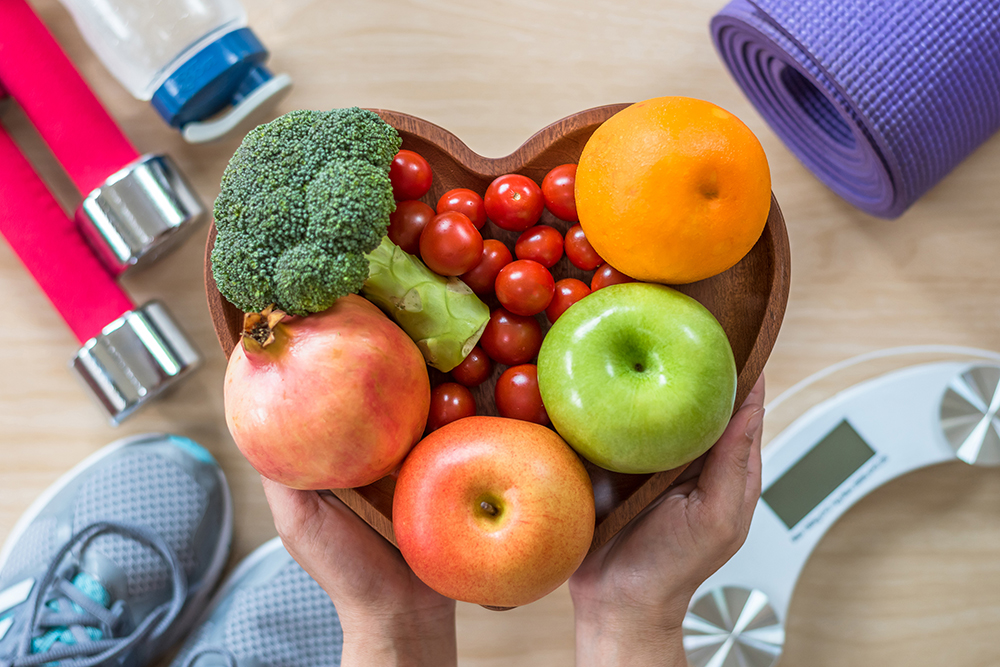For thousands of years, we have understood that “food is medicine;” what goes into our bodies has a significant effect on our health.
What we have lost sight of – to take the medicine analogy one step further – is “dosage” and timing. Just as you wouldn’t down a week’s worth of antibiotics in one sitting, portion control of food is critical. Similarly, if a medication has passed its expiration date, you wouldn’t take it. Why ingest food that is past its prime or not as nutritionally potent as it could be?
While dosage and timing of medication are easy concepts to follow, we have a much harder time with food. According to the American Heart Association, adults today consume an average of 300 more calories per day than they did in 1985, largely thanks to a dramatic increase in portion sizes. These extra calories are contributing to obesity, heart disease, diabetes and cancer. To help you reign in those out-of-control portion sizes, the AHA has some helpful guidelines on its web site.
Once you’ve mastered how much to eat, it’s important to consider when to eat. Eating when you’re hungry, not when you’re bored is a good start when it comes to maintaining proper weight and good health. Try to eat your first meal before noon, as your stomach operates at its peak performance in the morning. Similarly, don’t eat too late, as that creates a burden on your GI tract.
In addition to eating at the right time of day, eating at the right time of the year makes a difference to your health. Seasonal eating is a concept that many of my patients say they’ve never considered, and I can understand why. Our supermarkets are filled with produce that has been shipped from around the world. While we might think we are doing our bodies a favor by eating fresh fruits and vegetables, it’s possible that some of that “fresh” produce isn’t so fresh after all.
For food to travel across the ocean without spoiling, it is often picked before it is ripe, meaning that it has not had the time to mature and gain its maximum flavor and nutrients. That translates to food that is not as nutritious or delicious as food grown locally and harvested at the peak of the growing season.
We are lucky in California to have access to so much locally produced fruits and vegetables. Locally grown food has had the time to develop its comprehensive nutritional value, benefiting from the soil and sunlight until shortly before you consume it. This makes our food more nutritious and less expensive, as the distance and sheer number of people involved in getting food to us is greatly reduced.
That’s not to say that if you love kale, you should turn your nose up at it off season. Green, leafy vegetables are always important to include in your diet. I simply advise my patients to stay mindful of locally harvested, seasonal alternatives.
Everything from our hormones to our neurotransmitters rely on proper nutrition. We need essential amino acids to build protein to support our normal growth and body weight. Food is medicine. Therefore, we should be just as judicious and selective about what food we eat as we are about the medication we take.
Smaller portions, fresher produce and healthier choices – that’s my prescription.



